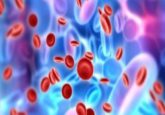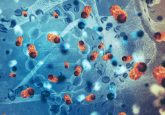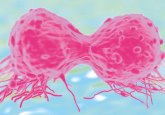The future of melanoma therapy: developing new drugs and improving the use of old ones
The treatment of metastatic melanomas is one of the most interesting and exciting fields in oncology. In fact, worldwide, seven drugs, including three therapeutic immune checkpoint inhibitors and four BRAF-MEK blockers, have been approved for use since 2011. The interaction between the immune system and the melanoma has always been one of the peculiarities of this disease. The first attempt to develop a treatment that could improve the immunological activity against melanoma, through IL-2, provided encouraging results in terms of activity; however, the associated toxicity immediately discouraged routine use. In 2010, the advent of ipilimumab, an anti-CTLA-4 inhibitor, changed the whole scenario. It demonstrated an outstanding median overall survival (OS) rate in 10 months; however, it did not offer an advantage in progression-free survival (PFS). In the following years, many studies confirmed the efficacy of nivolumab and pembrolizumab, two PD-1 inhibitors, as a first-line treatment. Both significantly improved the OS rate, with similar toxicity profiles. In the beginning of 2015, a new study combining ipilimumab and nivolumab showed an outstanding improvement in median PFS (11.5 months against 2.9 months with ipilimumab), although 36.4% of patients interrupted the treatment owing to grade 3–4 toxicities and side effects, mainly diarrhea and colitis.
Click here to read the full article in Future Oncology.





